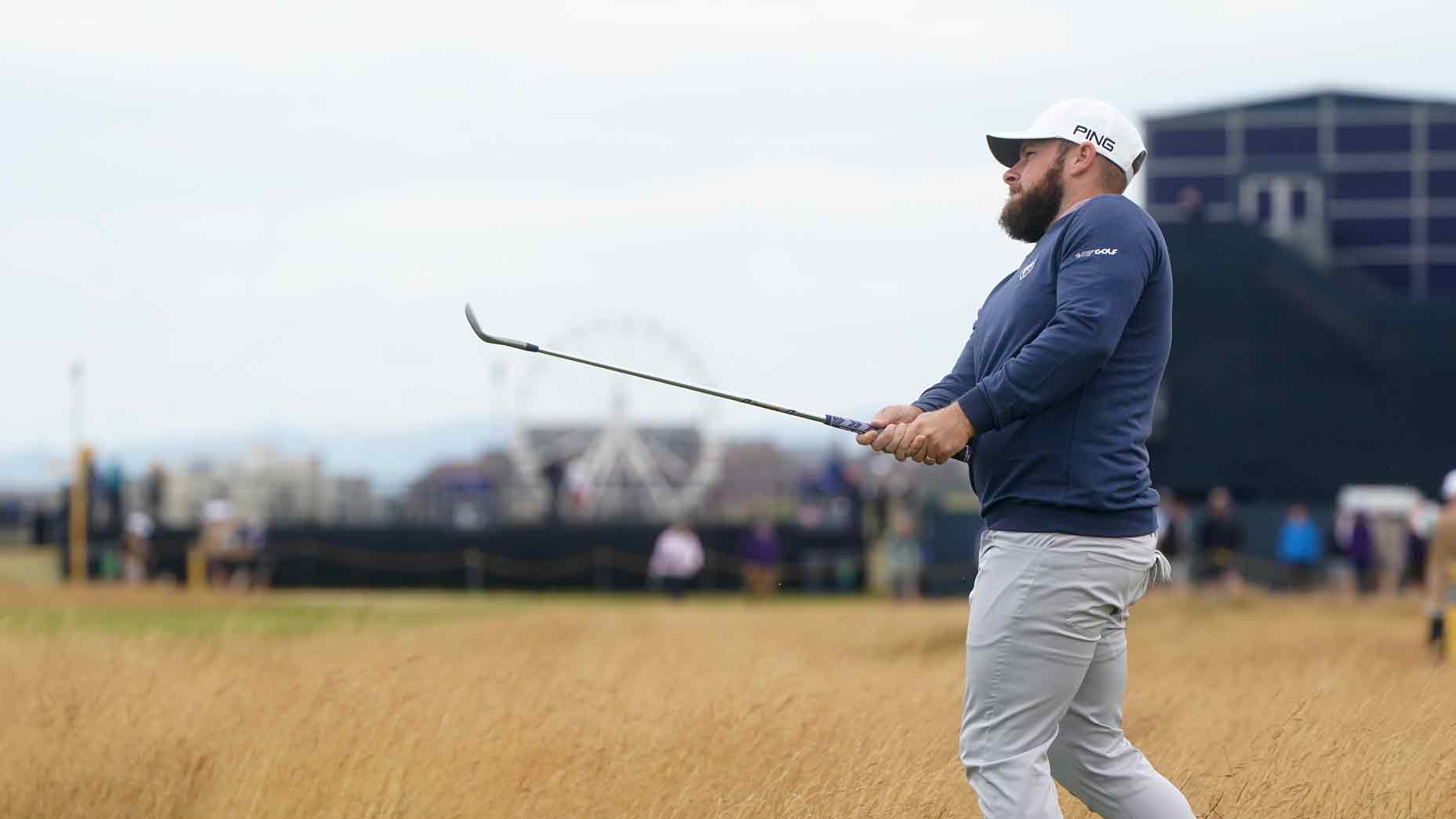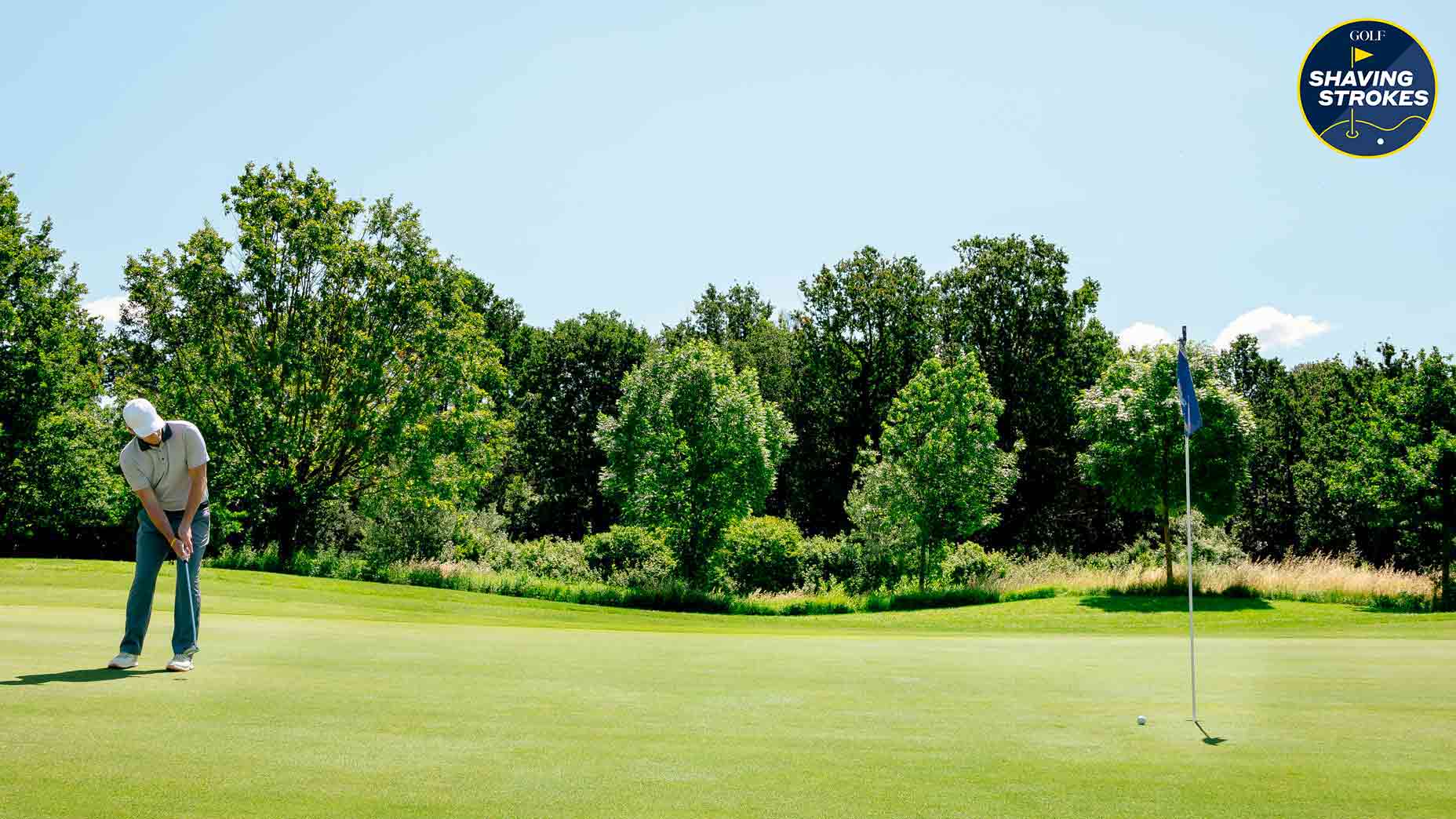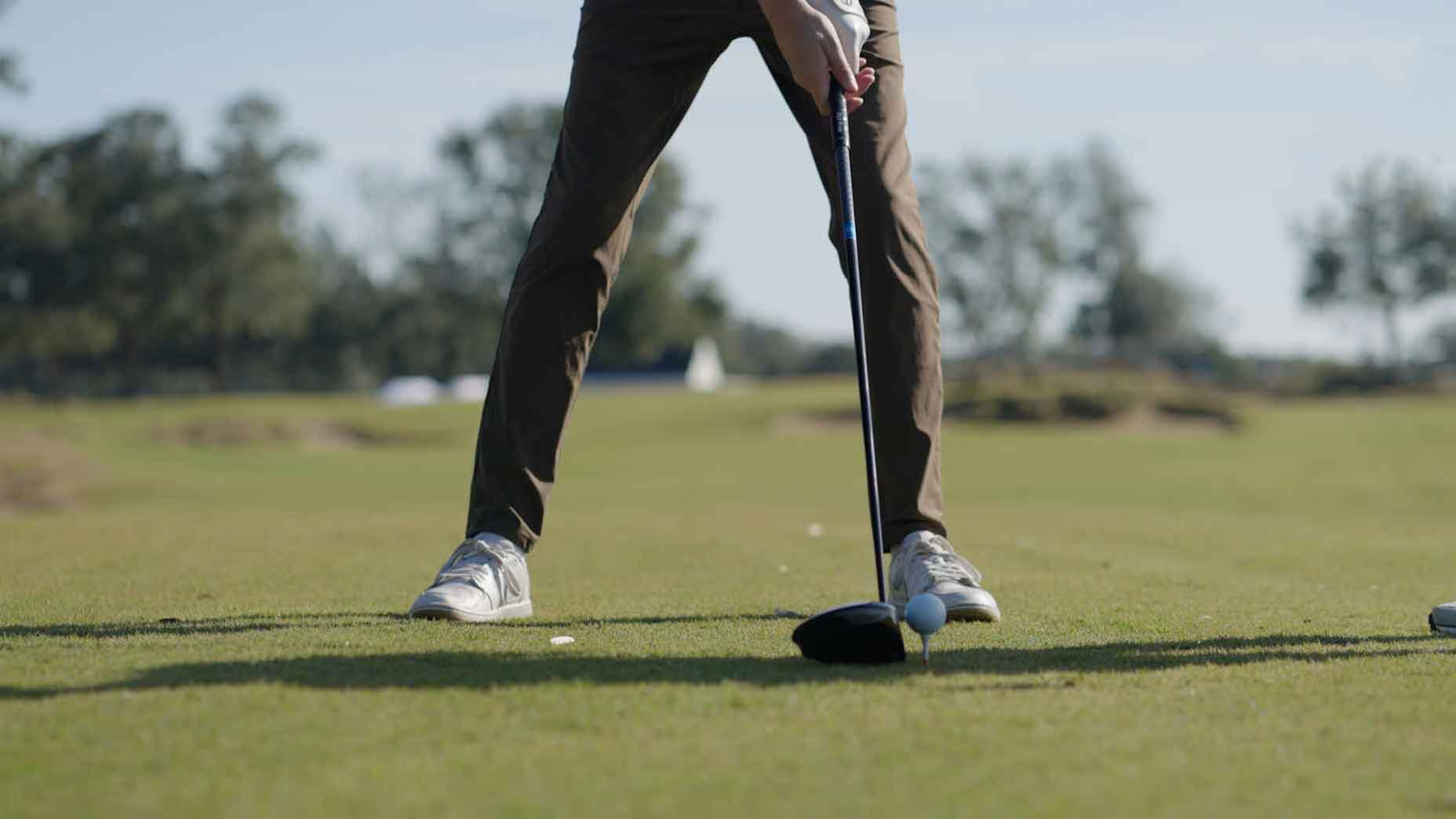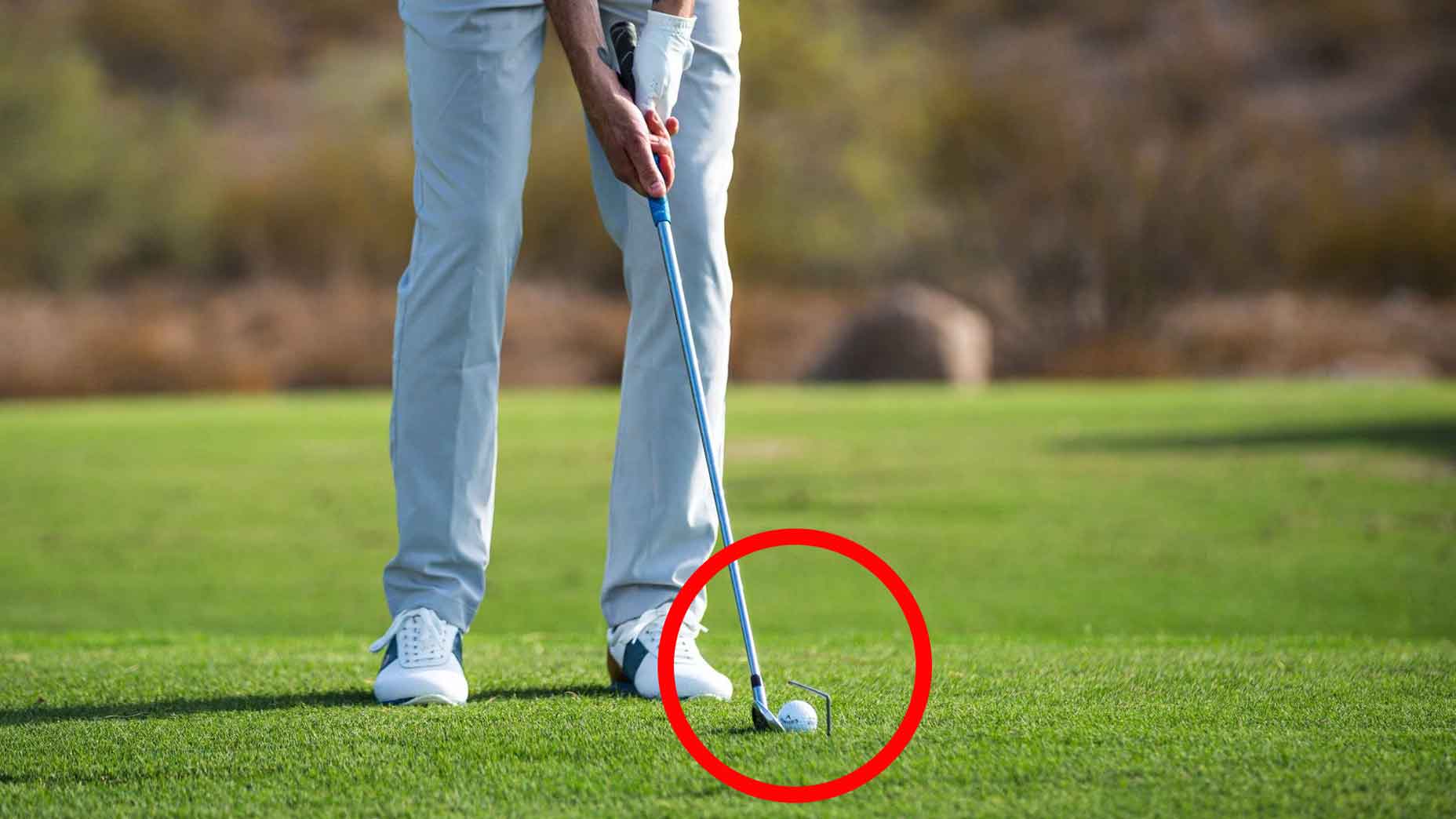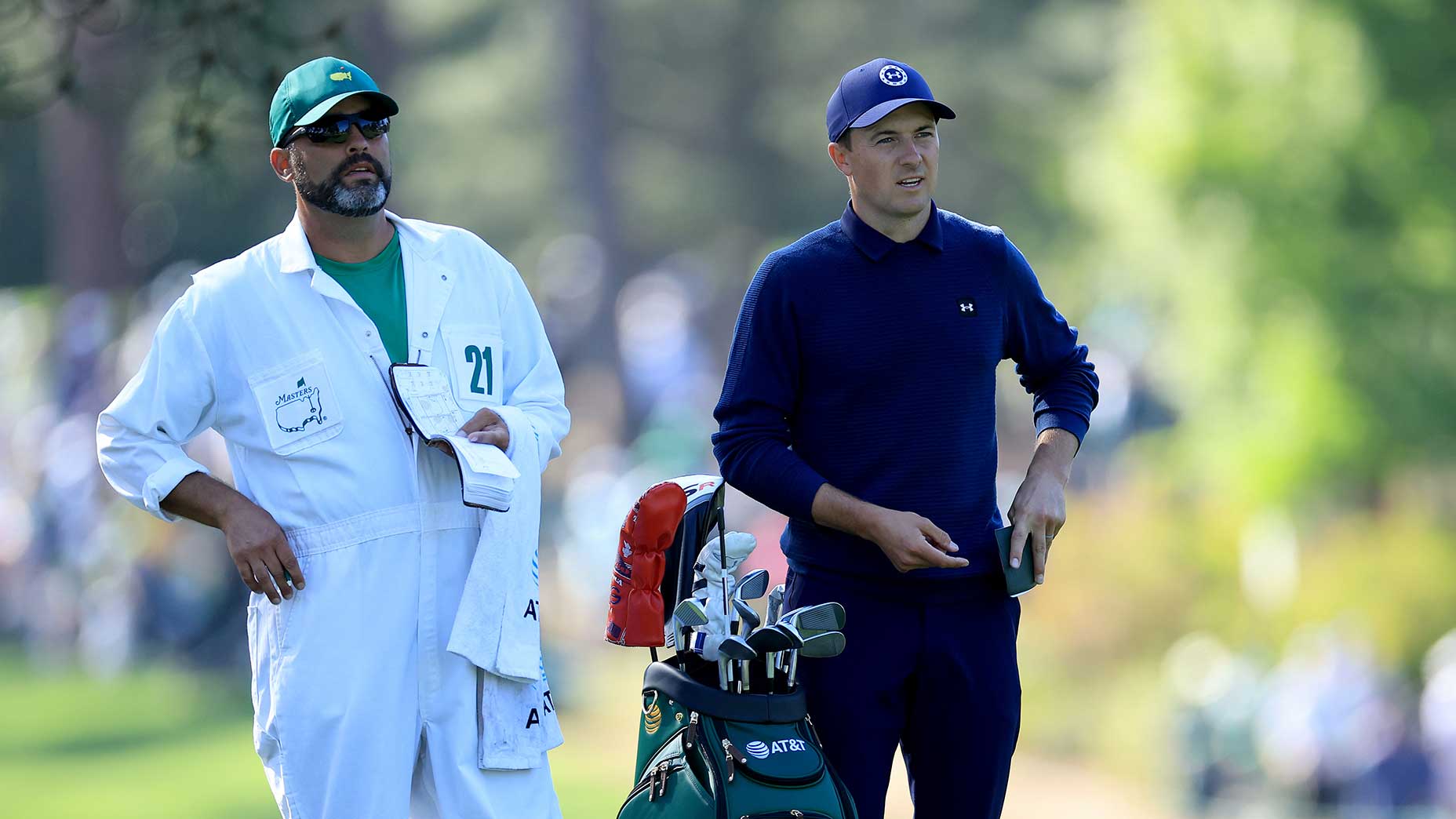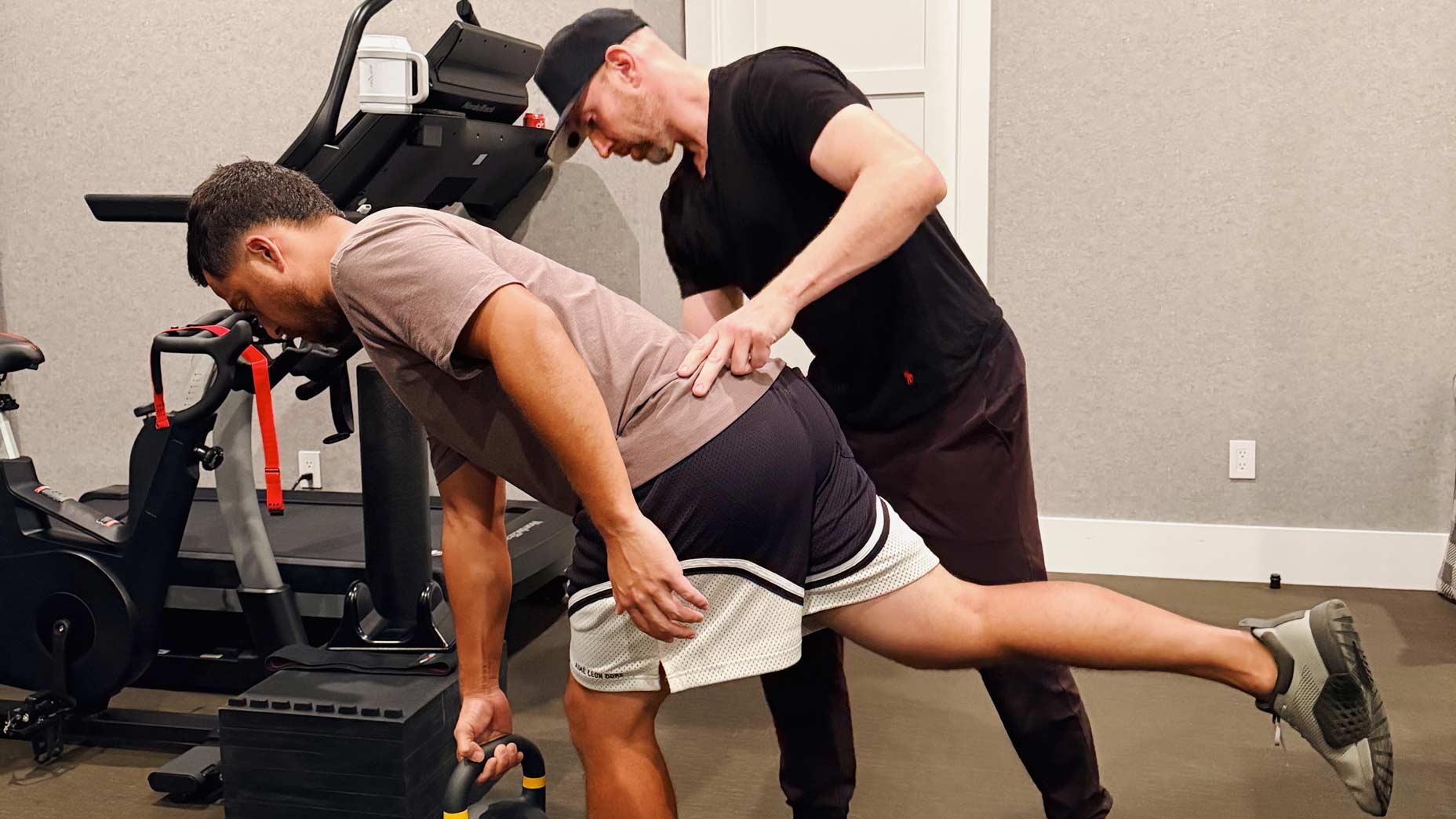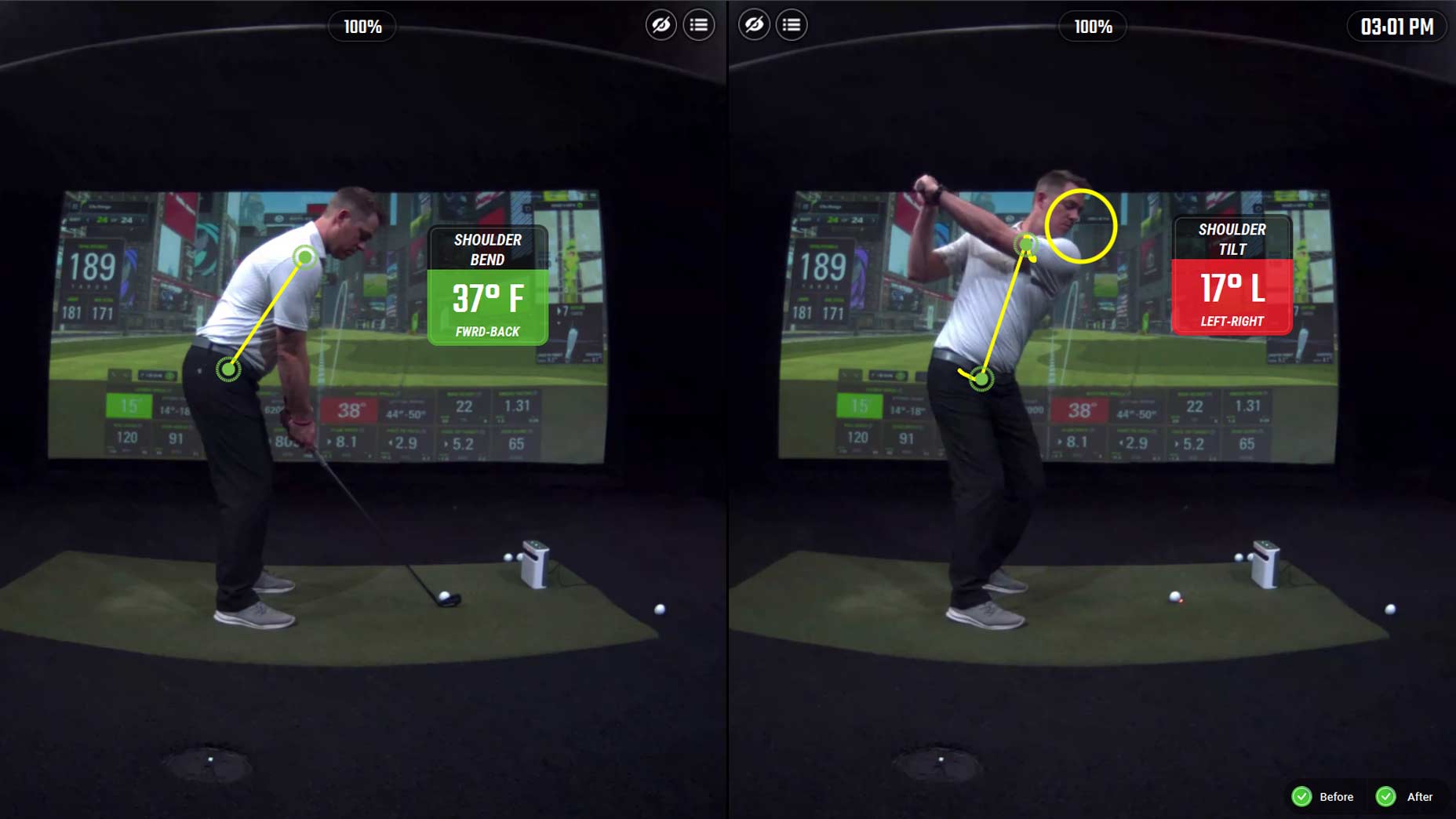Welcome to Shaving Strokes, a GOLF.com series in which we’re sharing improvements, learnings and takeaways from amateur golfers just like you — including some of the speed bumps and challenges they faced along the way.
In many places around the Northern Hemisphere right now (OK, maybe not Royal Troon), the summer temps are sweltering, which can make it difficult, among other things, to play golf.
While it’s great to be outdoors enjoying the sunshine, when you’re baking on a golf course and feeling yourself getting dehydrated, tired and burnt, the experience can quickly become miserable.
How to escape trouble and master the low, powerful punch shotBy: Brady Riggs, Top 100 Teacher , Nick Dimengo
During a recent round here in Seattle last week, my shirt was drenched with sweat by the 4th hole, leaving me uncomfortable for the remainder of the round. Sure, I did what I could to cool off and dry myself a bit, but the damage already had been done — it looked like I had run a damn marathon!
But that’s not the only difficult part about playing golf in the heat, because the course also plays differently when the ground is dry and firm. That means learning your yardages with your irons and knowing how fast the greens are rolling.
So with temperatures near triple digits in many places around the country, here are five ways to learn how to play golf in extreme heat — and actually make it enjoyable for yourself.
How to play golf in extreme heat
Before making your next round in the heat, be sure to refer to the tips below, which will help you not only manage the summer temps but also lead to a more enjoyable experience without feeling overheated, mentally exhausted or frustrated by higher scores.
1. Hydrate as much as possible
Before even thinking about how to fix your slice or course management, you need to be sure that your body is prepared for the extreme conditions.
That means drinking as much water as possible, while also mixing in other performance drinks that provide electrolytes that you lose by sweating.
While some golfers like to enjoy a few adult beverages during a round, proceed with caution, as alcohol can dehydrate you and lead to a lack of energy and focus.
According to The Vincera Institute, it’s recommended that a player drinks no more than one alcoholic drink per hour — while also maintaining adequate non-alcoholic liquid consumption.
2. Assess your club choice
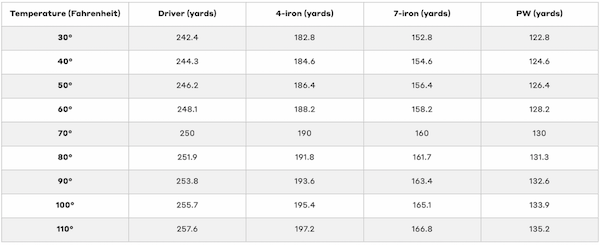
So, how much will the higher temperatures impact your distances? The chart above breaks it down.
According to the chart (which uses a formula presented by GOLF Top 100 Teacher Andrew Rice, with the assumption that golfers hit their drives about 250 yards with a ball speed of about 150 mph), players gain about two yards on their drives for every 10-degree rise in temperature.
Additionally, distance increase varies for each club. For example, a pitching wedge gains only about 1.3 yards per 10 degrees, according to the findings.
This might seem subtle, but when you take into account the course’s firm conditions, the extra couple of yards could be the difference between being in the fairway and bouncing into the woods.
So if you’re between clubs and aren’t quite sure what to hit, it might be best to club down.
3. Find the sun while putting
Ever wonder why greens on the same course feel differently? It’s because the sun hits them at different angles.
Obviously, greens that are protected and/or covered by trees aren’t getting much sunlight, whereas those that are exposed get baked. Keep this in mind as you prepare to tackle a course in extreme heat.
According to Kevin Roth, a sports meteorologist cited in this Fox Weather story, the sun’s position in the sky also can cause the grass to lean toward it. This, depending on the grass direction, can cause your putts to roll slightly slower or more quickly.
In dry conditions, there also won’t be as much friction on the greens, meaning every putt is going to move a little bit faster than normal — especially if you’re playing in the middle of the afternoon when temps are generally at their highest.
4. Brain fog can impact your play
Remember that whole thing about staying hydrated? Avoiding brain fog also plays a role in it.
If you’ve ever played in steamy weather, you might have felt your focus wane. It’s not just your imagination — if you’re dehydrated, that’s exactly what can happen.
Playing golf alone? Instructor gives 5 reasons why you’ll play betterBy: Dr. Alison Curdt , Nick Dimengo
So if you’re standing over a putt and just can’t seem to figure out the break or distance, it could be your brain triggering a reminder to drink more water.
Brain fog can lead not only to a lack of focus but also decreased energy levels, so be sure to limit your sun exposure as much as possible. This means wearing a hat, wrapping a wet towel around your neck to cool down and using a cart for additional shade and to save your legs.

